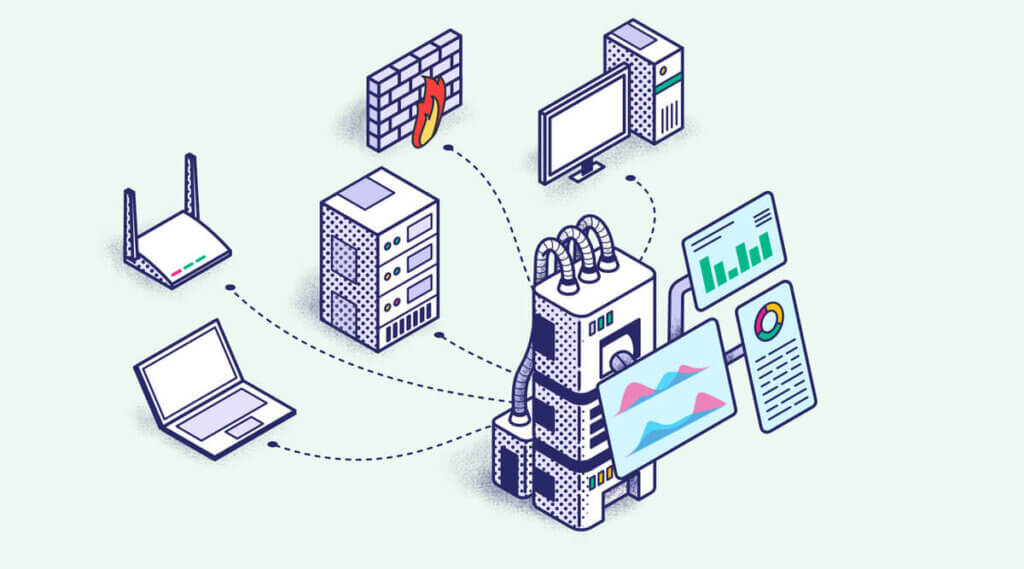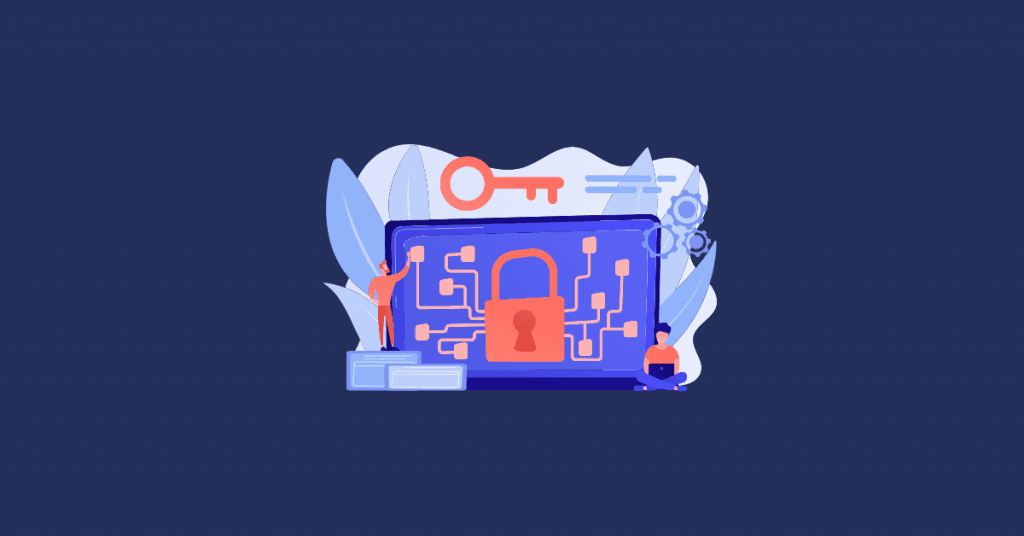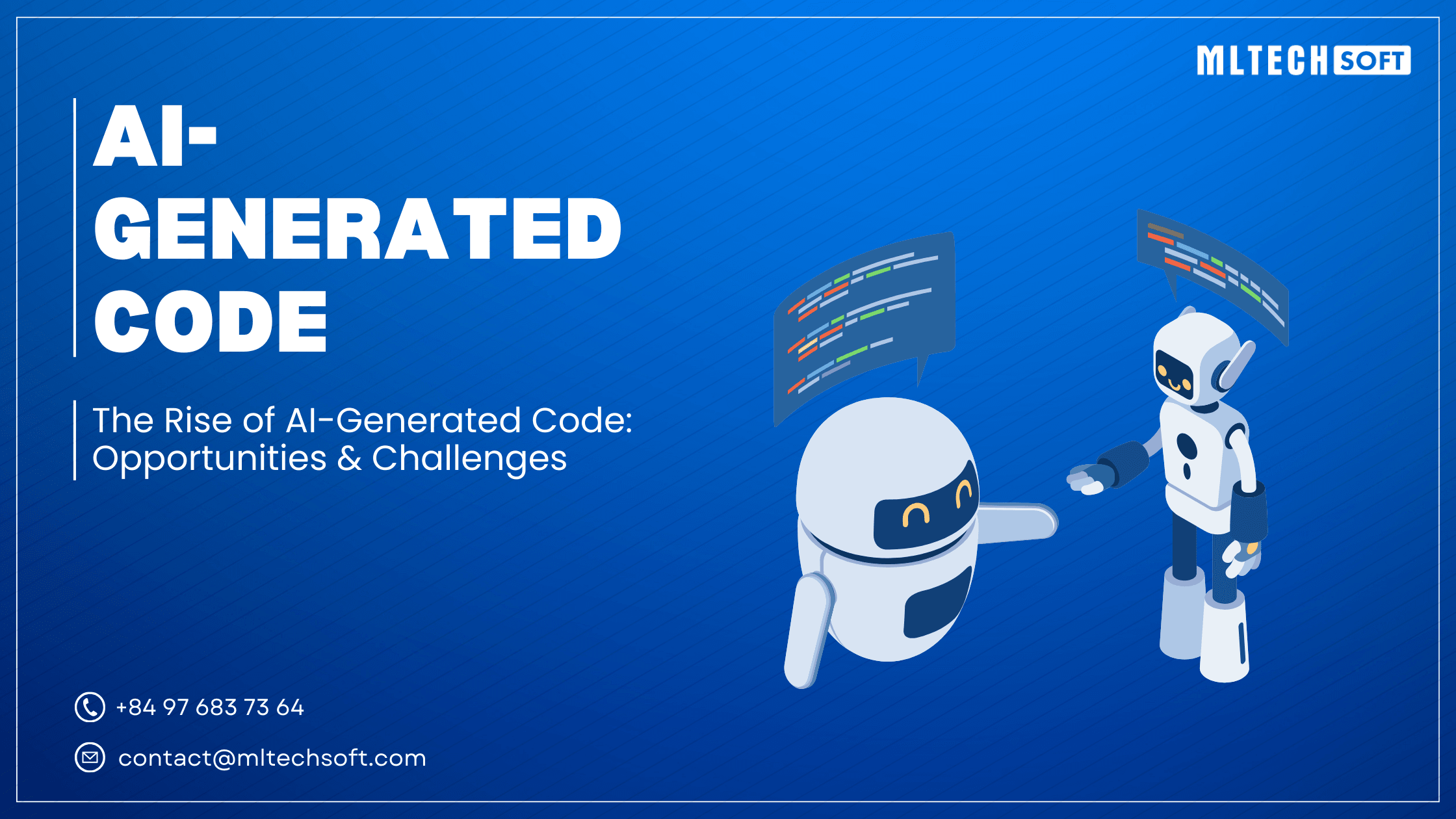Scroll down for more
Leveraging SIEM Data: Using Security Event Information to Improve Incident Response and Threat Hunting

Security information and event management (SIEM) solutions take log entries and events from security systems and turn them into information that can be used.
This information helps security teams find threats in real time, handle responses to incidents, do forensic investigations of security incidents that have already happened, and prepare audits for compliance.
1. Why Using SIEM Data is Important for Incident Response and Threat Hunting
No network is completely secure. Enemies can always exploit your reactive defense with sophisticated attacks. So, threat hunting should be a big part of your proactive security policy and your overall security posture. The study found that 52% of organizations used threat hunting to significantly reduce risk.
Conversely, the survey shows that 48% of organizations are still dissatisfied with their threat-hunting capabilities. Smart attackers can take advantage of aggressive moves, so you can't always rely on a proactive approach to finding threats. So, to fight your enemies on all possible fronts, you also need the reactive approach that your SIEM gives you.

Like a SIEM, a threat-hunting program should be effective and reliable in achieving its goals. To build a mature threat-hunting program, security analysts should pursue the following goals:
- Accurate and early detection
- Control and mitigate damage with a faster response
- Raise defense to make attacks miss
- Know your organization's weaknesses
There are two key ingredients to a successful threat-hunting program. The first part involves a formal process based on a well-defined methodology. The second part helps conduct continuous threat hunting using automated tools. Continuous and timely detection of enemies can reliably reduce damage and improve efficiency.
2. SIEM Data Sources: Identifying the Security Event Data You Need
Our Security Event Management (SEM) system uses proprietary algorithms to tell the difference between suspicious traffic and normal user traffic. This is possible because all logged events are collected in one place.
SEM is mostly about analyzing security in real time, using network resources like firewalls and intrusion detection systems instead of standard log management systems that are used for forensics and looking into past incidents for all resources. SEC systems can also be used to monitor and send alerts when suspicious events are detected.

3. Analyzing SIEM Data: Correlating Security Events to Identify Threats
The Security Information Management (SIM) system is one of the monitoring and analytics parts of SIEM software. Its main goal is to collect data from different endpoints and host endpoints. These resources can be targeted by attackers, but their purpose is to support business productivity,
They are frequently the target of attackers because they store sensitive data and files. SIM systems focus on assets like servers, applications, user devices, endpoints, proxies, and other basic network environment resources. SEM, on the other hand, focuses on secure, proactive races.
By adding automation and intelligence to your SIEM, your team will be able to focus on high-value tasks like finding threats early and stopping them. This is very important because the less time cyber attackers spend on your infrastructure, the less damage they do.
Human judgment and judgment are best used to drive policy changes to limit the use of dangerous applications and databases and block malicious players without disrupting customer access to your business.
Overall, the right security intelligence and incident management solution has a complete view of all types of enterprise data and threats, skips individual alerts to find and prioritize potential incidents, and uses AI to speed up the investigation process.
4. Using SIEM for Incident Response: Streamlining Incident Response Processes
It's becoming a common saying that security teams are bombarded with alerts. Some of these warnings are false positives, while others are true positives that are often overlooked. Alerts pile up, and if they aren't dealt with quickly or at all, important problems can go unnoticed and get out of hand, which can lead to catastrophic breaches. To limit the amount of time an attacker can carry out an attack, security needs to detect and respond to incidents as quickly as possible.

- By automating incident response, security teams no longer have to perform standard, repetitive response actions. There are four steps to effectively automating your incident response process with a SIEM solution.
- Create a correlation rule: Once correlation rules are created, your SIEM solution will recognize patterns and trigger alerts on unusual activity.
- Create custom workflows: Using workflows to respond to incidents automates the set of steps that must be taken immediately when an alert is triggered to mitigate an attack.
- Configure incident rules: Setting incident rules automatically creates incidents for alerts and assigns them to the appropriate security administrators so that status and resolution can be tracked.
- Manage tickets effectively: Create a ticket for further investigation of integration with a third-party ticket or helpdesk tool.
5. Using SIEM for Threat Hunting: Proactively Hunting for Threats and Trends
Hunting success is based on the fertility of the environment. A hunter usually uses his SIEM and EDR tools as a basis for hunting. You can also use other tools, such as packer analyzers, to do network-based hunts.
However, using SIEM and EDR tools requires integrating all the “crowns” into your environment. This allows indicators of attack (IoA) and indicators of compromise (IoC) to be used for hunting.
There are many threat hunting frameworks that organizations can adopt. Two of the most popular are:
Target hunting is integrated with threat intelligence frameworks. This framework targets Intel-based hunting. Triggers come from threat intelligence, past incidents, red team activity, and other sources.
Frameworks: MITER, PRE-ATT&CK, and ATT&CK offer a knowledge base that can be used to deal with specific threat models and attack methods.
The right combination of these methods and resources gives threat hunting teams a strong backbone to counter threat actors.

6. Automating SIEM Processes: Automating Incident Response and Threat Hunting
Threat hunting is the proactive search for hidden cyber threats on your network. Cyber Threat Search digs deep to find bad actors in your environment who have broken your initial endpoint security measures.
Once infiltrated, attackers can remain stealthily on your network for months without being detected, gathering data, retrieving sensitive information, or obtaining credentials to move laterally through your environment.
Once attackers figure out how to avoid being caught and get through a company's defenses, many companies don't have the advanced detection tools they need to stop advanced persistent threats from staying on their networks. This is why threat hunting is an important part of any defense strategy.
7. Overcoming Challenges: Strategies for Dealing with Common Issues
SIEM problems are especially hard for companies that want to improve their overall cybersecurity in a digital market that is becoming more dangerous. On the one hand, the company continues to report problems with the SIEM deployment and maintenance.
At the same time, the organization is increasing the severity of his SIEM problem. Probably so that you don't have to commit to the solution in the first place.
Cost
One of the most frequently cited SIEM issues is cost. Upfront costs for traditional SIEM solutions include license costs, implementation costs, and renewal costs. Additionally, companies must consider the cost of training employees to properly maintain the solution.
Think of your SIEM as an important long-term investment in your overall cybersecurity, and give it the time and energy it deserves. Additionally, the training required for a SIEM is a long-term complement to the strengths of your IT security team.
Bad association rule
One of the problems organizations face with SIEM is that it doesn't provide them with the right information to correlate security events. SIEM solutions don't work in isolation. Use threat intelligence to find possible network threats and send your security team alerts so they can look into them.
Additionally, you should choose your threat intelligence feeds carefully. Not all businesses face the same kinds of digital threats. Arming your SIEM to look for unlikely cyberattacks increases false positives across the board. However, if the threat intelligence feed changes, so should the correlation rules.

8. Integrating SIEM with Other Security Tools: Maximizing Your Investments
Here are steps your organization can take to integrate Cloud SIEM with other security tools and systems.
- Identify the security tools and systems currently in use in your organization. This includes firewalls, intrusion detection and prevention systems (IDPS), vulnerability scanners, etc.
- Identify security tools and systems compatible with Cloud SIEM. Some security tools and systems already have built-in integration with cloud SIEMs, while others require additional configuration or customization.
- Configure integrations between Cloud SIEM and other security tools and systems. This includes setting up APIs and other connectivity mechanisms, as well as configuring data flow and log formats between different systems.
- Test your integration to make sure it works correctly. This includes running simulated security incidents and performing real-time analysis of security logs to ensure that various systems are communicating and exchanging data as expected.
- Monitor and maintain your integrations to ensure they continue to function well over time. This includes regular updates to integration configurations and monitoring the performance of various systems to identify and fix potential problems.
By integrating Cloud SIEM with other security tools and systems, organizations can build a more comprehensive and effective security posture. This allows you to detect and respond to security incidents faster and more effectively, better protecting your network and data.
9. Conclusion: Next Steps for Leveraging SIEM Data to Improve Security
An active SIEM monitoring solution across your infrastructure can drastically cut the time it takes to find potential network threats and vulnerabilities and take action on them. This can help you scale your security as your business grows.
AI will become increasingly important in the future of her SIEM as cognitive capabilities improve the system's decision-making ability. It also allows the system to adapt and scale as the number of endpoints increases. As IoT, cloud, mobile, and other technologies increase the amount of data that SIEM tools need to process, AI is a solution that can handle more data types and a more complex understanding of the changing threat landscape.
Content
Get our blog
Want the latest and greatest from our blog straight to your inbox? Chunk us your details and get a sweet weekly email.
Read more in our blog

Project Management
The Rise of AI-Generated Code: Opportunities & ChallengesExplore how AI-generated code is transforming programming with tools like GitHub Copilot and AlphaCode. Learn about the opportunities it offers—faster development, accessibility—and the challenges like security and ethics we must address.

Project Management
The Impact of Dynamic Pricing on Customer BehaviorExplore the impact of dynamic pricing on customer behavior and learn how to implement effective pricing strategies.

Project Management
Focus in Scrum: Keeping Your Team on TrackDiscover effective strategies to maintain focus within your Scrum team, overcome common challenges, and boost productivity.
MLTECH SOFT